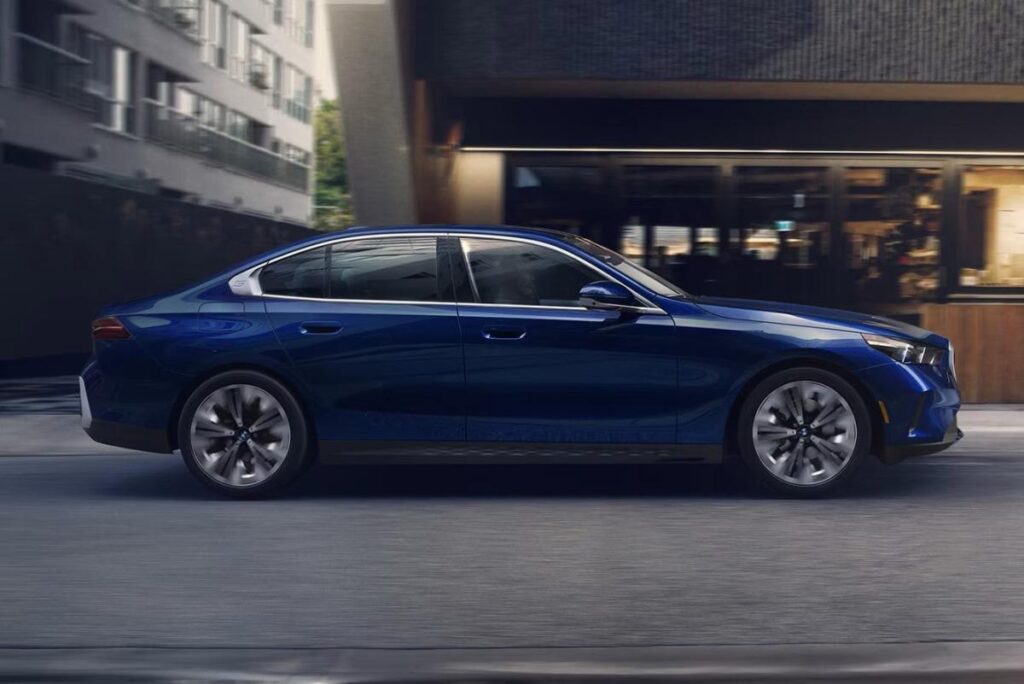In September 2024, South Korea saw a 10% increase in sales of imported light passenger vehicles, reaching a total of 24,839 units, compared to 22,565 units in the same month the previous year. This growth was reported by the Korea Automobile Importers & Distributors Association (Kaida), which attributed the rise to the availability of new models and the inclusion of Tesla’s sales figures for the first time, as they had not sold any vehicles in September 2023. Despite the positive figures for September, year-to-date (YTD) sales reflected a decline of 1.5%, with a total of 194,731 units sold, down from 197,742 units in the same period last year. The slump in YTD sales was largely due to slow market activity in the first half of 2024, as overall demand for new vehicles weakened due to the economic pressures faced by heavily indebted consumers in South Korea, leading them to limit expenditure on significant purchases.
The domestic vehicle market faced a challenging environment, with local manufacturers reporting a 9% decline in total vehicle deliveries, amounting to 994,468 units over the first nine months of 2024. The decrease in domestic sales contrasted with the upswing in imported vehicle sales observed during the same month. A key factor influencing the overall market trends was the impact of South Korea’s economic situation, which saw consumers being more cautious with their spending, particularly on high-cost items like vehicles. This cautious consumer behavior has led to a stagnation in the sales of domestic models, contributing to a wider overall downturn in vehicle sales.
The segment of imported vehicles has become dominated by German-owned brands, which accounted for over 65% of the total import sales YTD. BMW retained its position as a segment leader but saw a 4% drop in sales, totaling 54,472 units despite launching its new 5-series sedan. Other prominent German brands also reported significant declines: Mercedes-Benz sales fell by 12% to 48,048 units, while Volkswagen experienced a 15% drop, total sales reaching only 5,916 units. Porsche’s sales took a steep 33% decline to 6,043 units, and Audi saw its sales plunge by 54%, bringing its total to 6,529 units. The overall trend suggested that even established brands struggled to maintain momentum in the face of rising consumer concerns and changing market dynamics.
In contrast, Tesla emerged as a significant player in the South Korean market, achieving sales of 23,627 YTD. The brand’s strong performance, alongside Toyota’s 17% sales increase to 7,059 units and Lexus’s slight growth of 1.5% to 10,196 units, highlighted some contrasting dynamics within the import vehicle segment. While luxury German brands struggled, Japanese brands such as Toyota managed to thrive, indicating targeted consumer preferences possibly shifting due to economic factors. The performance of these brands showcased differing consumer responses to brand reputation, product range, and economic pressures affecting purchasing decisions.
The context of vehicle safety also influenced the market landscape, particularly following a major fire incident in an Incheon apartment complex in August 2024, which was linked to a Mercedes-Benz EQE. The incident, which spread to more than 100 vehicles, led to heightened public concern regarding electric vehicle (EV) battery safety. In response, both domestic manufacturers and importers began disclosing more information about their battery suppliers to enhance transparency and address consumer anxieties about battery-related safety issues. This shift towards transparency is seen as a proactive approach to reassure consumers in an evolving marketplace.
Importers are estimated to target about 20% of the battery electric vehicle (BEV) sales in South Korea for the year, with Tesla and leading German brands like Mercedes-Benz and BMW at the forefront. The market is poised for further change as China’s BYD is expected to enter South Korea later in the year, potentially intensifying competition in the BEV segment. The evolving preferences of South Korean consumers, coupled with economic pressures and safety concerns, suggest that the automotive market in the country may continue to fluctuate, with both domestic and international players adapting their strategies to accommodate these changes. As the landscape shifts, stakeholders will need to remain vigilant and responsive to ensure competitiveness and meet consumer demands moving forward.

